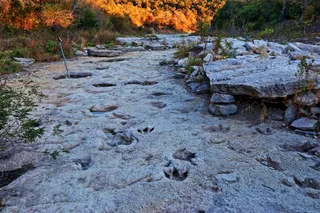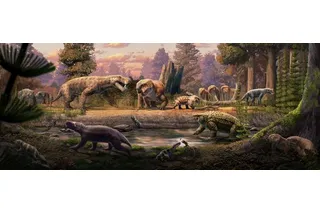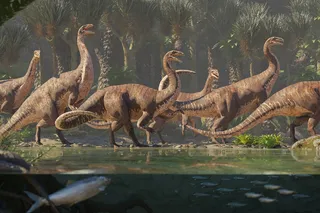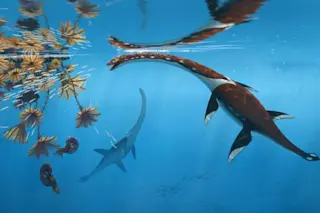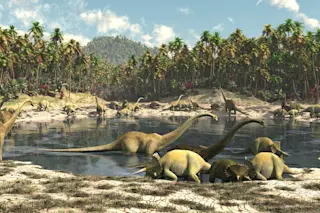Titanosaurs, a diverse group of long-necked sauropod dinosaurs, were found on every continent, including Antarctica, in their Cretaceous heyday.
They lived right up until the end of all other non-bird dinosaurs, when the Chicxulub asteroid struck the Yucatan Peninsula about 66 million years ago.
Paleontologists have discovered dozens of distinct titanosaurs, many of them relatively recently in fossil beds in South America. Nearly all of the group are massive, but like other sauropods, these giants mostly fed on vegetation.
“They could even eat very small plants,” says Julian Silva Jr., a paleontologist with the University of Sao Paolo’s Ribeirao Preto campus.
The largest animals to ever walk the Earth would have dwarfed a modern-day elephant. Interestingly, the discovery of titanosaurs got off to something of a false start. The first fossils given this name were found in Cretaceous-era rocks in India.
The remains were initially dubbed Titanosaurus indicus and Titanosaurus ...






